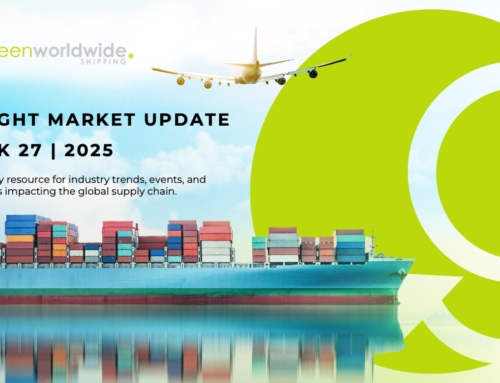In June, the International Sustainability Standards Board (ISSB) released its inaugural set of sustainability disclosure guidelines for corporations. The guidelines, known as IFRS S1 and S2, aim to help companies assess and mitigate their negative environmental impacts in a systematic manner.
ISSB’s goal is to establish a global foundation that integrates financial and sustainability-related matters while remaining aligned with existing accounting requirements and other sustainability reporting frameworks.
GUIDELINES ADOPTION
ISSB reporting standards will take effect on January 1, 2024, with the first published results anticipated in 2025. Adoption of these standards is not mandatory but widespread adoption is expected due to the support from groups like the United Nations (UN), International Organization of Securities Commissions (IOSCO), and the U.S. Securities and Exchange Commission (SEC).
Countries such as the UK, China, Nigeria, and others plan to follow these standards with additional countries showing interest. Private and public companies currently have the option to voluntarily adopt these standards, but their use may become mandatory in some jurisdictions in the future.
STANDARDS COMPATIBILITY
The ISSB climate standards are designed for compatibility with existing reporting frameworks, including the Task Force on Climate-Related Financial Disclosures (TCFD) and the Sustainability Accounting Standards Board (SASB). ISSB has also committed to collaborating with other frameworks like the Global Reporting Initiative (GRI) to ensure harmonization.
Disclosure requirements include both qualitative and quantitative data, such as transition plans, climate resilience, and greenhouse gas (GHG) emissions reporting. GHG reporting must follow the GHG Protocol Corporate Standard, encompassing Scopes 1, 2, and 3. The ISSB standards prioritize governance, strategy, risk management, metrics, and targets, following a similar format to the TCFD.
ISSB STANDARDS OBJECTIVES
The ISSB standards aim to achieve a global disclosure standard through the following means:
1. Utilizing and adopting principles from existing initiatives to reduce duplicative reporting.
2. Assisting companies in communicating sustainability impacts while connecting them with financial statements.
3. Increasing interoperability between initiatives to lessen the reporting burden for organizations.
4. Engaging organizations in capacity building to ensure high-quality reporting.
DISCLOSURE REQUIREMENTS
The ISSB standards address areas of focus that companies need to include in their reporting, such as:
Governance: Information about policies and plans to address climate-related issues, including details of internal bodies responsible for implementation and policy creation, as well as processes for target setting, monitoring, and evaluation.
Strategy: Information about the organization’s approach to climate-based risks and opportunities, including short, medium, and long-term implications. It should also discuss business value chain, financial planning, and resilience.
Risk Management: Topics ranging from identifying, assessing, and managing risks and opportunities, with organizations disclosing their processes for incorporating material risks into management.
Metrics and Targets: Information about measuring and evaluating climate-related risks over time, with specific technical monitoring for each organization’s salient topics, such as GHG emissions, internal carbon price, and intensity targets.
PREPARING FOR THE ISSB STANDARDS
ESG reporting is complex and unlikely to be governed by a single set of standards. Existing frameworks will continue to serve as important guides for companies to measure and report on their sustainability initiatives.
Organizations can prepare for ISSB standards by establishing robust internal systems and processes to meaningfully assess how all material sustainability topics impact their value. Implementing a strong governance structure that includes both sustainability and finance teams will ensure alignment across departments within the organization.
NEED HELP COMPLYING WITH SUSTAINABILITY GUIDELINES AND REGULATIONS?
Visit GreenWorldwide.com to learn how we Green Worldwide Shipping supports efforts to create a sustainable global supply chain.
Stay up-to-date on freight news with Green’s Weekly Freight Market Update by following us on Facebook, Instagram, and LinkedIn. For continuous updates, make sure to check out our website at greenworldwide.com.






